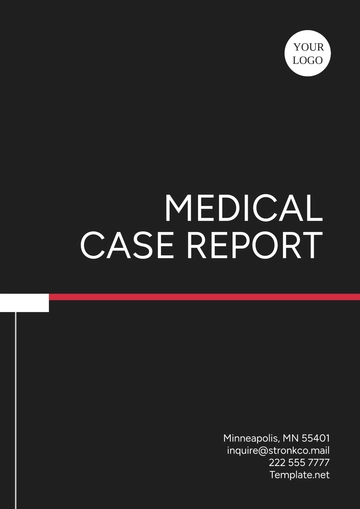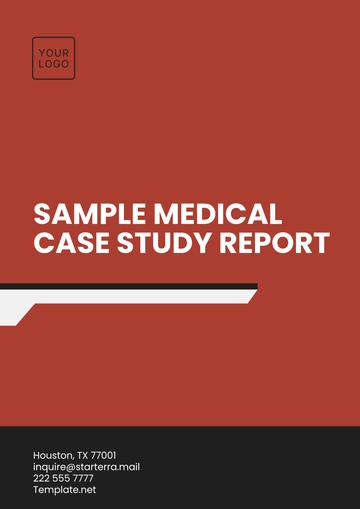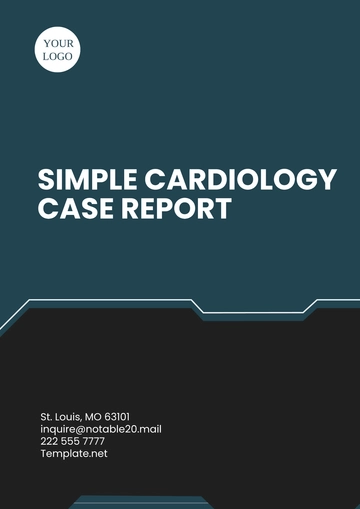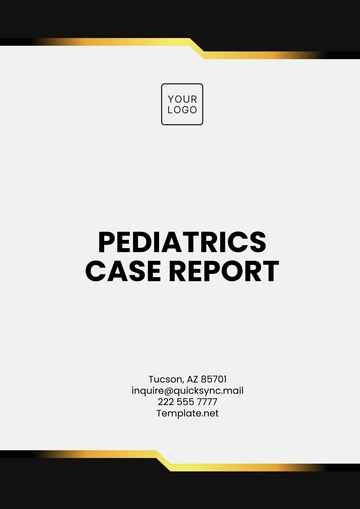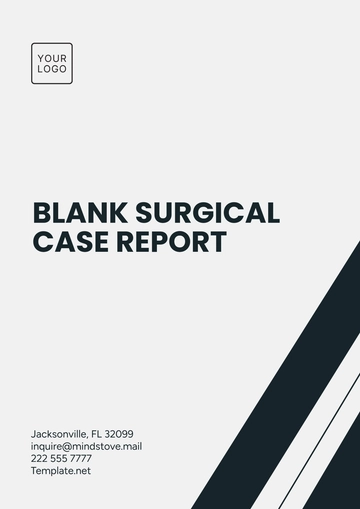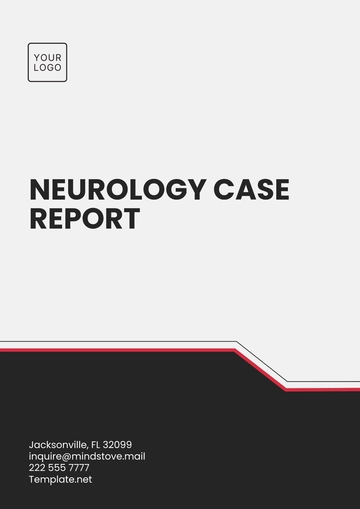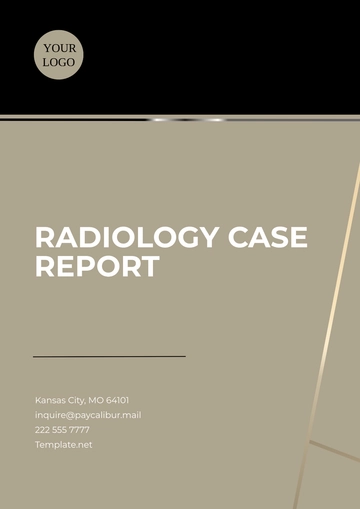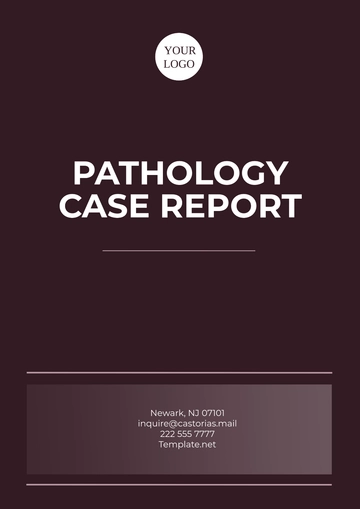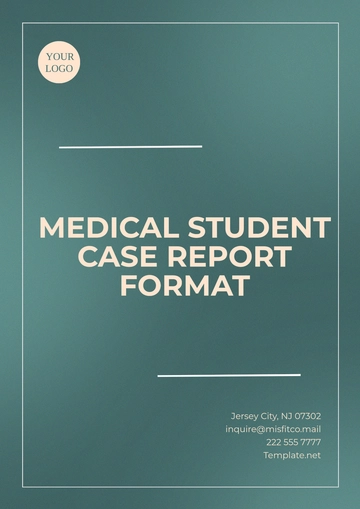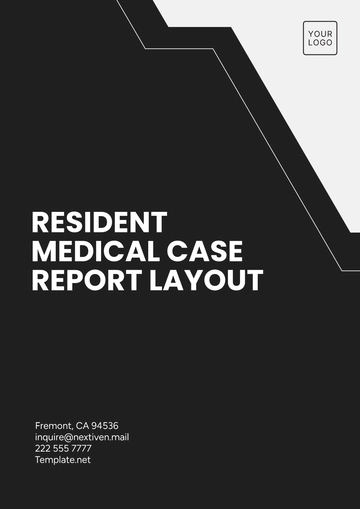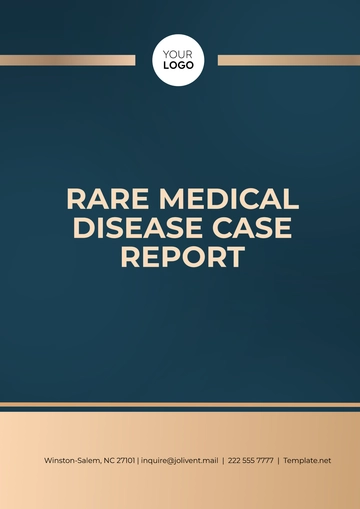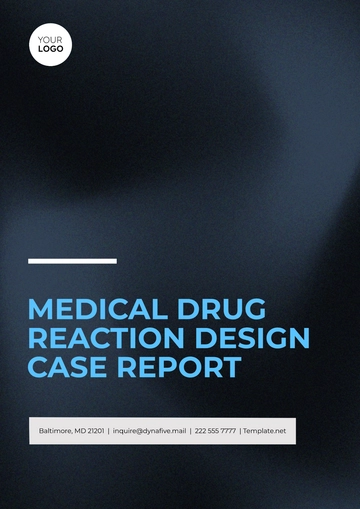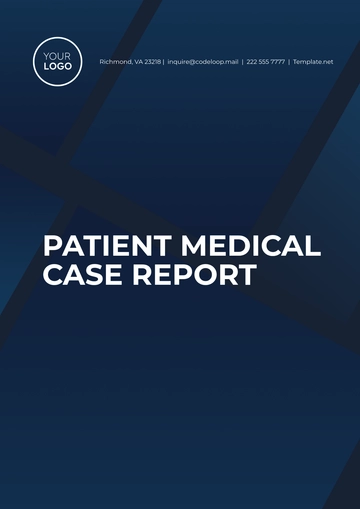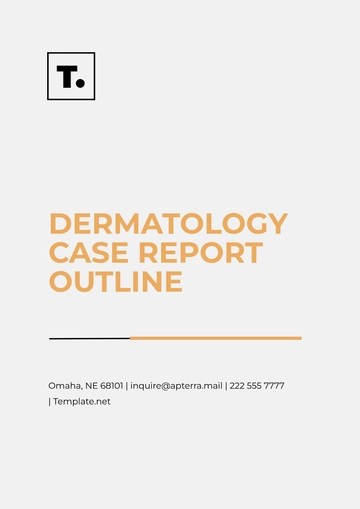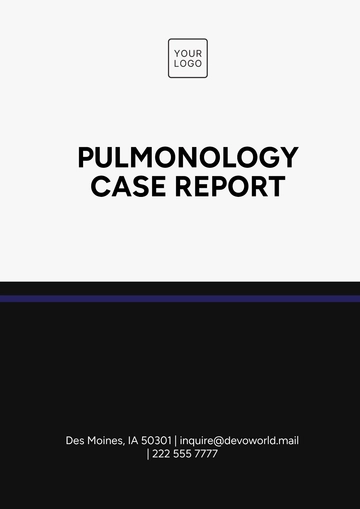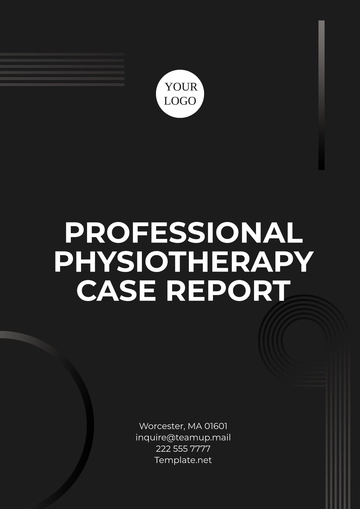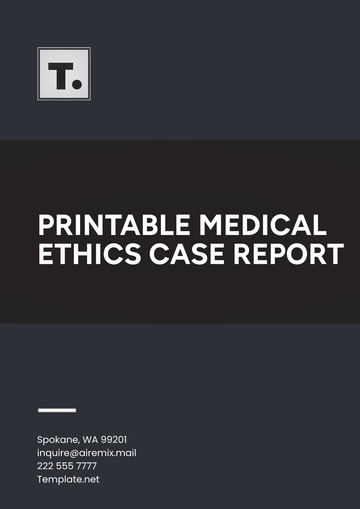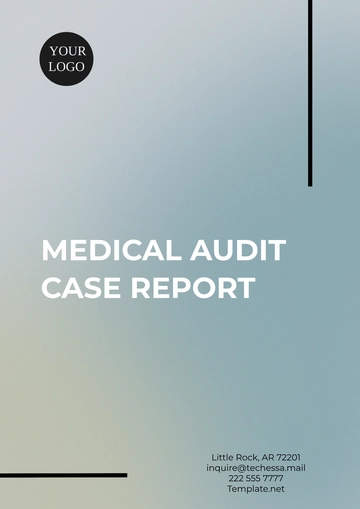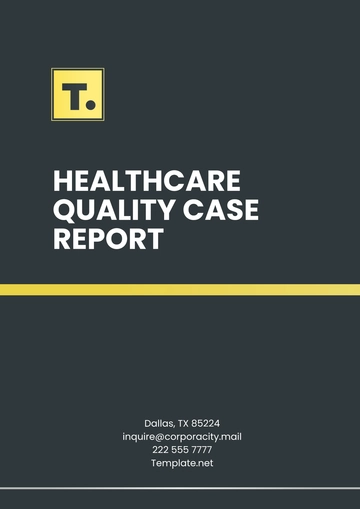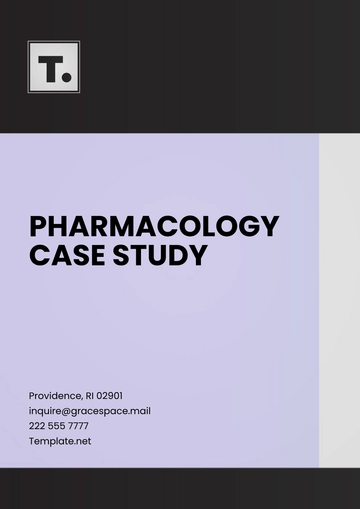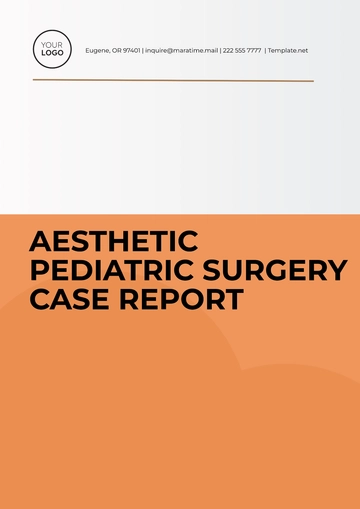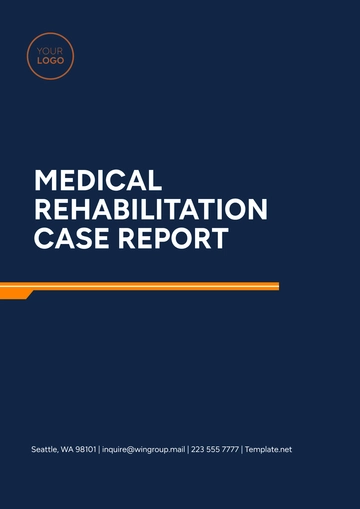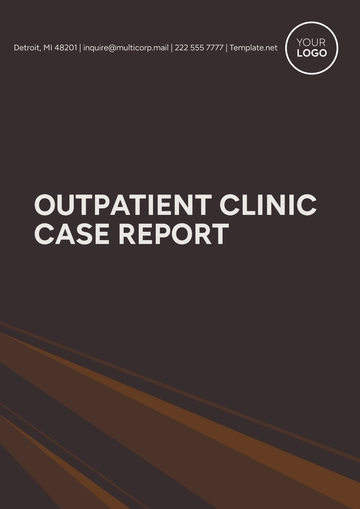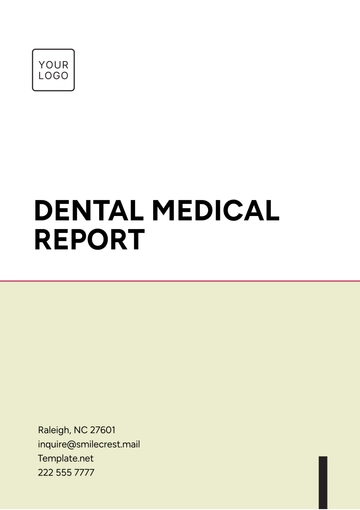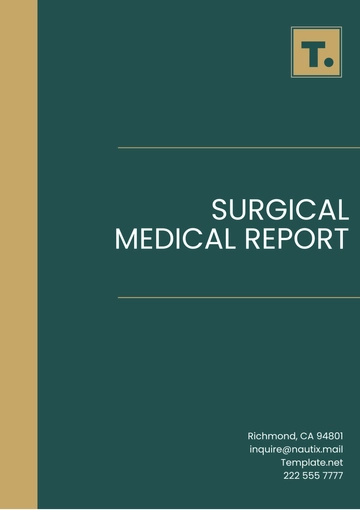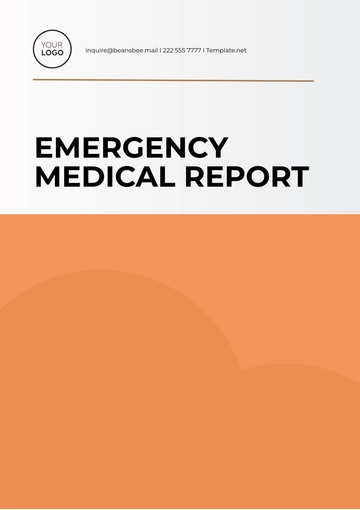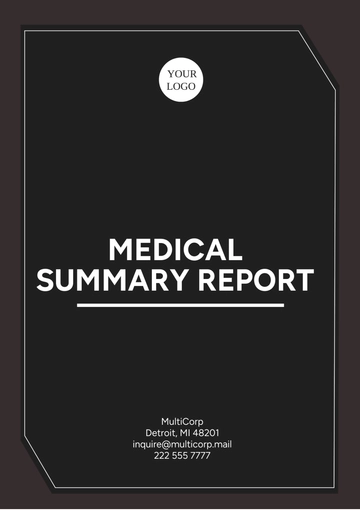Free Medical Audit Case Report

Introduction
The medical audit case report serves as a systematic review of clinical processes, outcomes, and performance within a healthcare setting. The objective of this report is to analyze specific cases to identify areas of improvement and ensure adherence to industry standards. Medical audits are integral to enhancing patient care, managing clinical risks, and optimizing healthcare services.
Objectives
The objectives of this medical audit case report are to:
Evaluate the quality and effectiveness of patient care.
Identify gaps in clinical practices and recommend corrective actions.
Ensure compliance with established medical protocols and guidelines.
Facilitate continuous improvement in service delivery by learning from past cases.
Methodology
A. Case Selection
The cases were selected based on the following criteria:
High-risk cases require comprehensive analysis.
Cases with adverse outcomes or complications.
Randomly selected cases for routine quality checks.
B. Data Collection
The data was collected from electronic health records (EHR), patient interviews, and healthcare staff questionnaires. Data points included patient demographics, diagnosis, treatment plans, outcomes, and any variances from standard protocols.
C. Analysis
The analysis involved a multidisciplinary team of healthcare professionals including doctors, nurses, and quality assurance specialists. The team utilized statistical software tools to analyze trends, compare outcomes with benchmarks, and assess compliance with clinical guidelines.
Findings
A. Case Description
A detailed description of the selected cases is outlined in the table below:
Case ID | Patient Age | Diagnosis | Treatment | Outcome |
|---|---|---|---|---|
Case001 | 45 | Acute Myocardial Infarction | Coronary Angioplasty | Successful |
Case002 | 60 | Type 2 Diabetes Mellitus | Insulin Therapy | Complications |
Case003 | 30 | Severe Asthma | Long-term Inhaled Corticosteroids | Improved |
B. Key Insights
The audit revealed the following key insights:
The overall compliance with treatment protocols was at 85% across all cases.
Adverse outcomes were predominantly associated with delayed diagnosis and intervention.
Patient education on care plans and medication adherence was identified as an area needing improvement.
Recommendations
Based on the audit findings, the following recommendations are proposed:
Implement a robust training program for healthcare staff focusing on updated clinical guidelines and rapid response protocols.
Enhance patient education initiatives to promote understanding and adherence to treatment plans.
Introduce regular audits and feedback mechanisms to continuously monitor compliance and performance.
Conclusion
The medical audit case report highlights critical areas of concern in patient care delivery and offers actionable insights for improvement. By addressing identified weaknesses and reinforcing strengths, healthcare providers can effectively enhance the quality of care offered to patients. Continuous monitoring and evaluation are essential to sustain improvements and achieve desired health outcomes.
- 100% Customizable, free editor
- Access 1 Million+ Templates, photo’s & graphics
- Download or share as a template
- Click and replace photos, graphics, text, backgrounds
- Resize, crop, AI write & more
- Access advanced editor
Simplify your medical audits with Template.net’s Medical Audit Case Report Template. This customizable template helps you organize data, analysis, and conclusions with ease. Fully editable, you can adjust it to fit your specific requirements. Plus, it's editable in our Ai Editor Tool for enhanced flexibility and efficiency, making audit reporting more effective and less time-consuming.
You may also like
- Sales Report
- Daily Report
- Project Report
- Business Report
- Weekly Report
- Incident Report
- Annual Report
- Report Layout
- Report Design
- Progress Report
- Marketing Report
- Company Report
- Monthly Report
- Audit Report
- Status Report
- School Report
- Reports Hr
- Management Report
- Project Status Report
- Handover Report
- Health And Safety Report
- Restaurant Report
- Construction Report
- Research Report
- Evaluation Report
- Investigation Report
- Employee Report
- Advertising Report
- Weekly Status Report
- Project Management Report
- Finance Report
- Service Report
- Technical Report
- Meeting Report
- Quarterly Report
- Inspection Report
- Medical Report
- Test Report
- Summary Report
- Inventory Report
- Valuation Report
- Operations Report
- Payroll Report
- Training Report
- Job Report
- Case Report
- Performance Report
- Board Report
- Internal Audit Report
- Student Report
- Monthly Management Report
- Small Business Report
- Accident Report
- Call Center Report
- Activity Report
- IT and Software Report
- Internship Report
- Visit Report
- Product Report
- Book Report
- Property Report
- Recruitment Report
- University Report
- Event Report
- SEO Report
- Conference Report
- Narrative Report
- Nursing Home Report
- Preschool Report
- Call Report
- Customer Report
- Employee Incident Report
- Accomplishment Report
- Social Media Report
- Work From Home Report
- Security Report
- Damage Report
- Quality Report
- Internal Report
- Nurse Report
- Real Estate Report
- Hotel Report
- Equipment Report
- Credit Report
- Field Report
- Non Profit Report
- Maintenance Report
- News Report
- Survey Report
- Executive Report
- Law Firm Report
- Advertising Agency Report
- Interior Design Report
- Travel Agency Report
- Stock Report
- Salon Report
- Bug Report
- Workplace Report
- Action Report
- Investor Report
- Cleaning Services Report
- Consulting Report
- Freelancer Report
- Site Visit Report
- Trip Report
- Classroom Observation Report
- Vehicle Report
- Final Report
- Software Report
